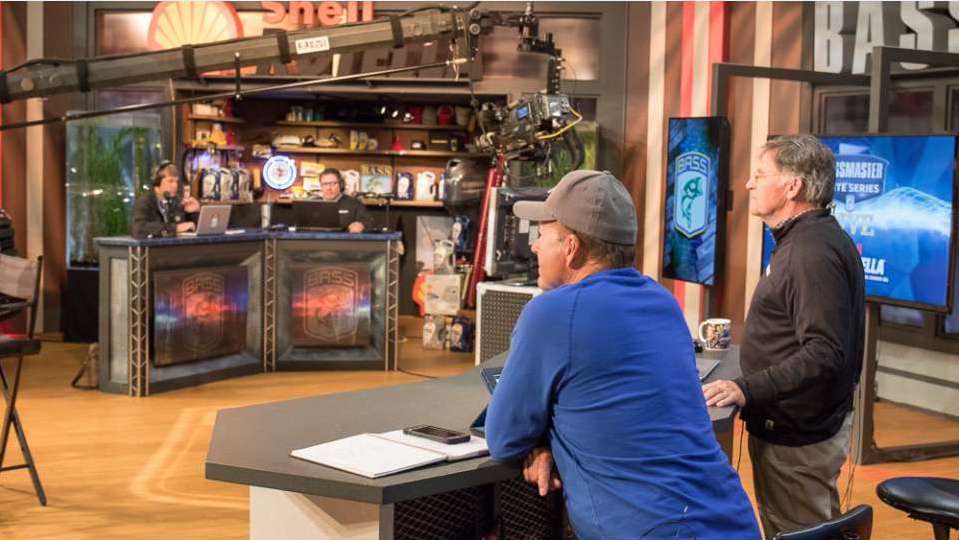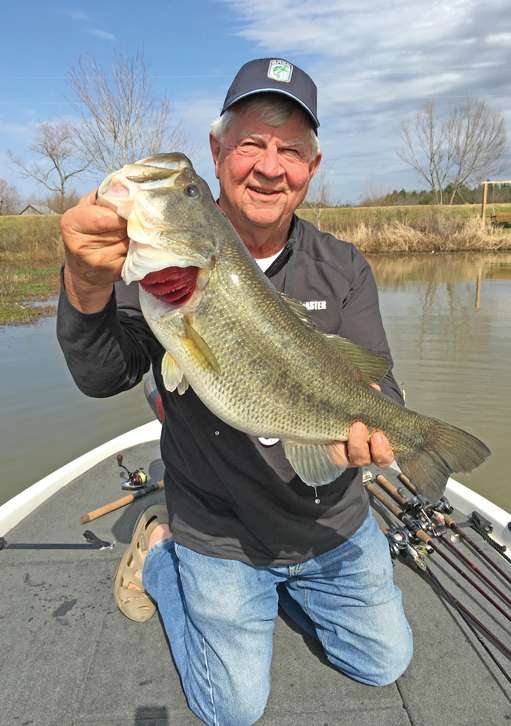
As we were planning Bassmaster’s celebration of the 50th birthday of B.A.S.S., I recalled the 20th anniversary issue we put together just a few years after I became editor of the magazine.
It was a massive, difficult undertaking, all the more so because that June 1987 magazine was our first experience with the then-new desktop publishing process. Gone were the rolls of newsprint, the glue pots, the typesetters and the hand-assembled pages of type that had to be literally cut and pasted (waxed) into place.
Instead, we typed our articles into a desktop computer, and they mysteriously flowed into an onscreen magazine page. Millennials can’t imagine publishing done any other way, but to us, it was magical. When it worked. We were among the first magazine publishers in America to embrace the new technology. We should have waited for the bugs to be worked out.
The system was so difficult and unreliable our art director quit in the middle of production. I came close to doing so myself after spending the better part of a night writing a history of bass fishing and then losing all my work when I hit “save.”
Despite the glitches and gremlins, that issue was more gratifying than practically any I’ve worked on. The theme was the “past, present and future” of bass fishing, and many of the future predictions were based on our surveys of nearly 1,000 anglers, B.A.S.S. members and sportfishing leaders.
Some of their predictions were whimsical — remote-controlled lures and the like — but many proved prophetical. Our experts envisioned braided superline and fluorocarbon line years before they became available. They said we would see trolling motors you could deploy with the push of a button. And they imagined depthfinders so precise they could almost tell you the sex of the fish shown on the sonar screen. Check, check and check.
We had mixed results in predicting what would happen in tournament fishing. To get fans up close and personal, some thought, tournaments would be held on tiny but well-stocked fisheries where fans in bleachers could watch every catch.
Harold Sharp, the first full-time tournament director on the B.A.S.S. Tournament Trail, was more on track. He said television would be the game-changer. “Everybody’s got a TV set,” said Sharp. “People don’t take time to read newspapers. Television is the way these guys are going to gain recognition. And with it, fishing should expand.”
Sharp died in 2015, but he lived long enough to see an innovation that would make real-time tournament watching a reality: Bassmaster LIVE.
Using the same television cameras that record The Bassmasters TV show for ESPN2 and WatchESPN, LIVE enables streaming video of the top competitors’ every cast and catch.
Completing its third season, LIVE recorded 2.2 million video views this year (an increase over more than 180 percent), for a total of 65.5 million minutes of live tournament viewing.
(I don’t have statistics on the loss of worker productivity as fishing fans sit at their computers and pretend to be working instead of watching. It has to be a significant number, though.)
LIVE isn’t the only way to stay in tune with tournaments. By every measure, Bassmaster.com event coverage is growing rapidly, with at least 40 percent increases in unique visitors, page views and video views.
When B.A.S.S. turned 20, social media wasn’t even a concept. Today it’s one of the mainstays of content consumption, especially among younger anglers. Our social media posts about Elite events generated almost 85 million impressions, and the Bassmaster YouTube channel is now the biggest in bass tournament fishing in the number of subscribers.
How will we follow fishing tournaments in the future? I can’t even imagine the technology that will be in use 20 or 30 years from now. Media use is changing month to month, it seems.
However, I’m confident that 50 years from now, people still will love fishing. They’ll love doing it when they can and watching it when they can’t.
Technology may change, but bass anglers, I hope, won’t.

